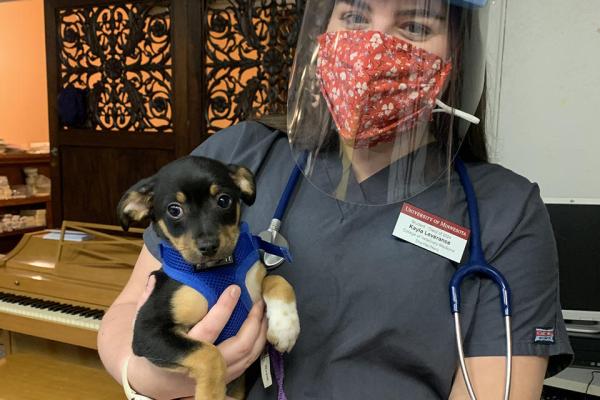The University of Minnesota, College of Veterinary Medicine, in partnership with local animal welfare groups, aims to create an innovative model to care for the animals within our communities. In addition to supporting community health, this process will train the next generation of veterinarians to provide responsive and responsible veterinary care to the entire community.
Our vision
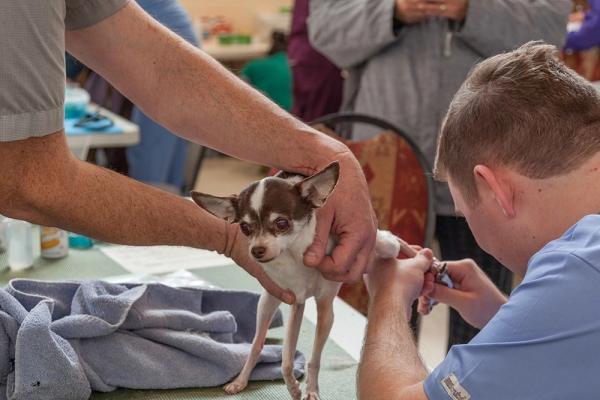
Focus on preventive and early intervention veterinary services
In resource-limited environments, people often do not have the opportunity to seek veterinary care until there’s a crisis. We aim to improve access to routine veterinary care and early triage of medical and behavioral concerns.
This program will empower pet owners to maintain health and wellness for their animals, and keep animals healthy and in their homes.
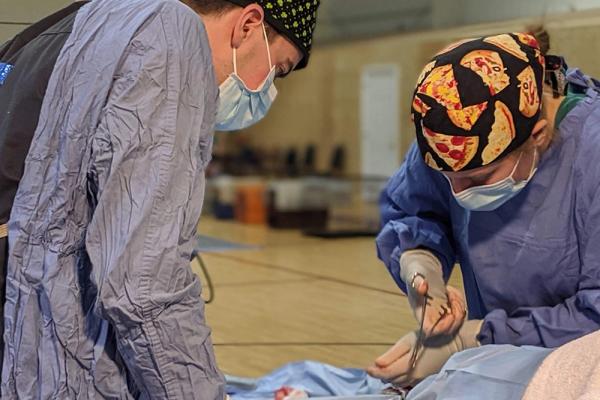
Training future veterinarians to be effective advocates and practitioners
Animals living in communities with barriers to accessing veterinary care often belong to people who also face many barriers to supporting their own health.
This program will provide future veterinarians with the tools and knowledge to advocate for their clients and work successfully in these environments.
Our goals
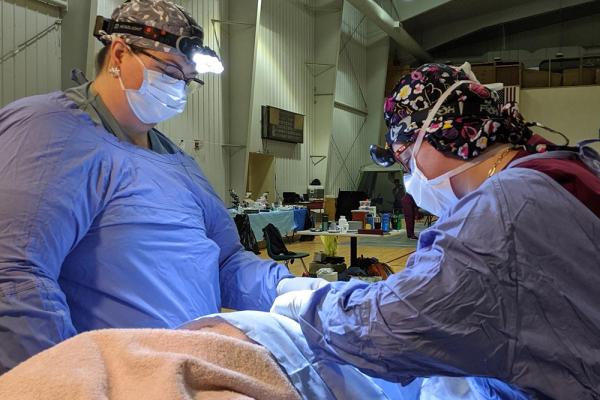
Create an innovative model of companion animal care by integrating community medicine competencies into existing coursework while also expanding immersive learning opportunities through community partnerships.
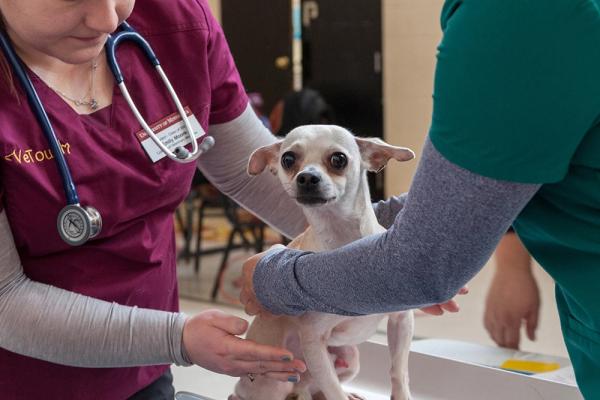
Create an integrated approach to training veterinary students in community medicine, building a more holistic approach to teaching veterinary medicine that includes skills like cross-cultural communication, creative thinking, partnership building, and resource identification.
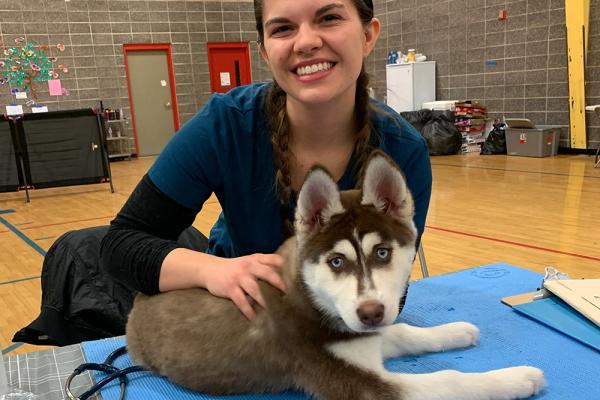
Showcase a local model for community medicine that incorporates veterinary care, veterinary student training, and animal welfare into the broader community health plan.
Want to learn more? Contact Jennifer Genzler-Scholl at [email protected]
